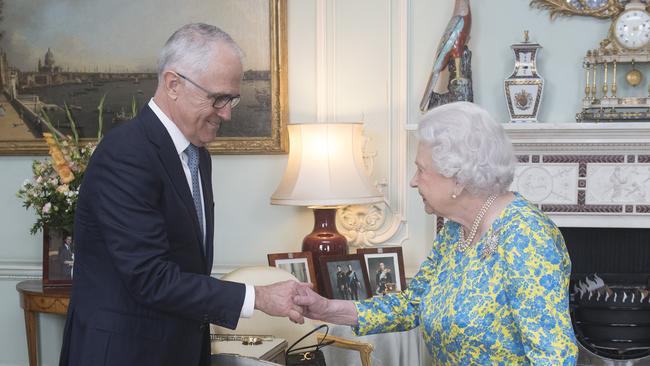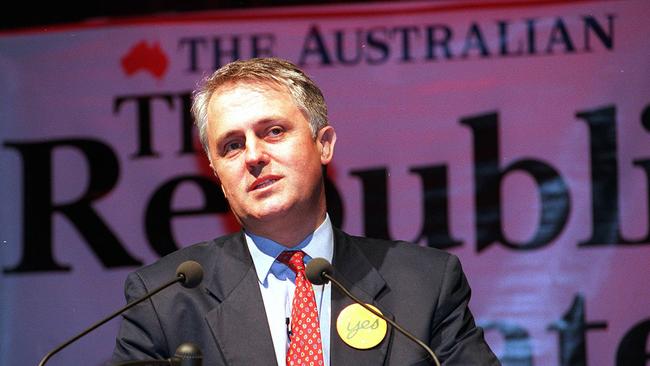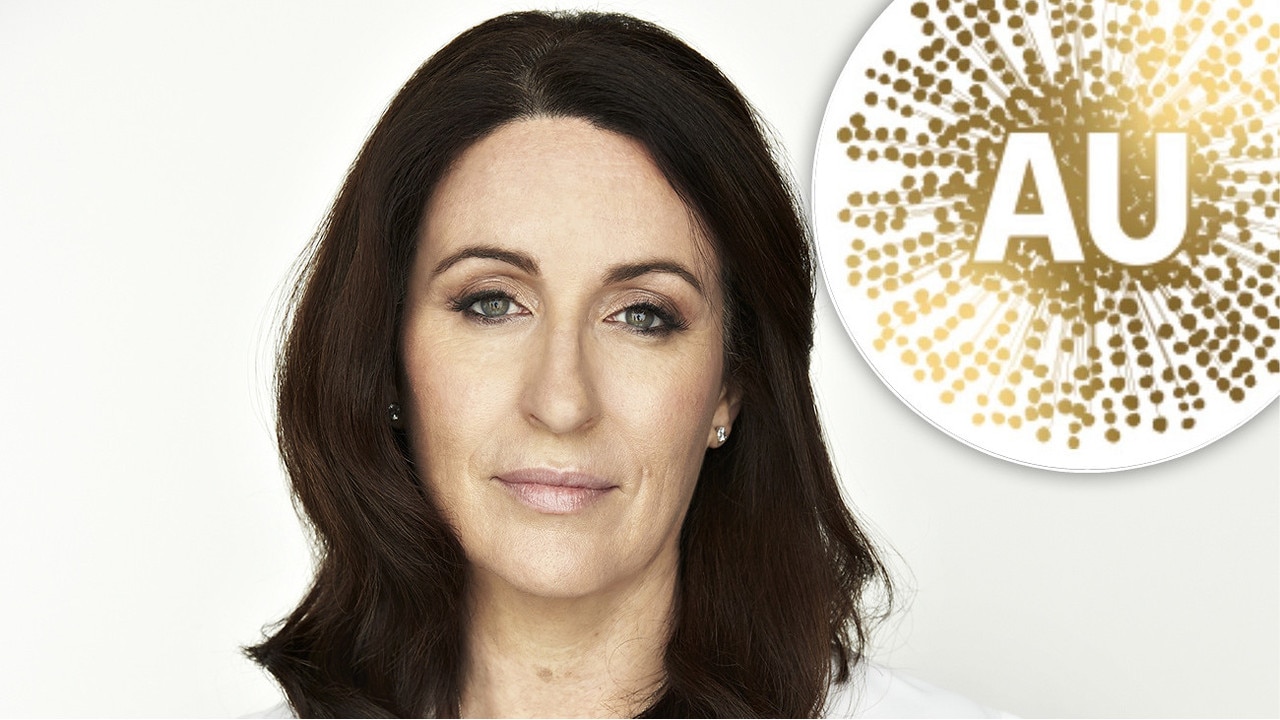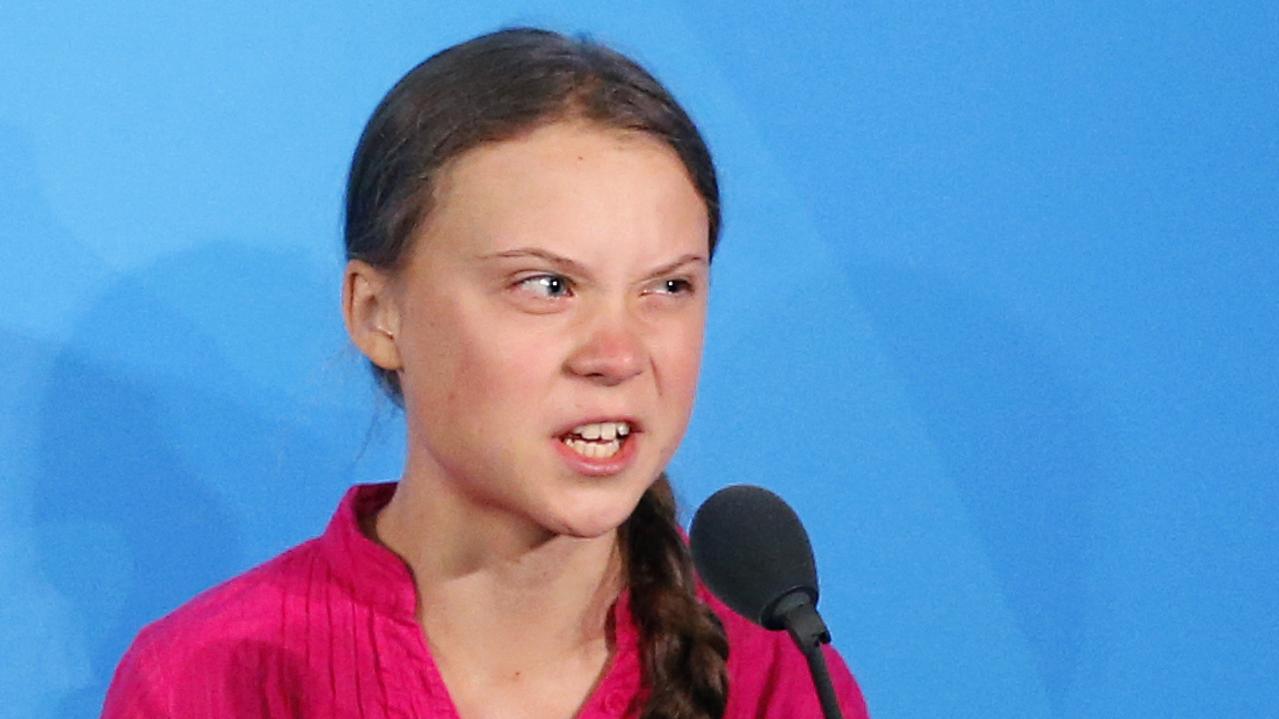Republic could see a national hero as head of state
ANTI-REPUBLICANS push the lie that any Australian president would be a politician. But the right model could give us a hero we can all toast, writes Paul Williams.
Rendezview
Don't miss out on the headlines from Rendezview. Followed categories will be added to My News.
THE release on New Year’s Day of the 1995 Keating Cabinet papers was always going to push an Australian head of state back on to the public agenda.
With a republican Labor Party breathing down the neck of Malcolm Turnbull — a former leader of the Australian Republican Movement (ARM) who now identifies as an “Elizabethan” — another referendum was never going to be far from centre stage.
It seems the polls agree. In April 2014 — on the eve of a royal visit by newlyweds William and Kate and oh-so-cute baby George — Australian support for Queen Elizabeth as head of state was at a 30-year high of 51 per cent. Unsurprisingly, celebrity-obsessed 20-somethings and traditionalists over 65 were — and still are — the Royals’ biggest fans.
But the twee novelty of a princess bride recedes as inevitably as a prince’s hairline. A Newspoll just five months ago, for example, found just 38 per cent wanted 91-year-old Liz to remain our head of state, with 51 per cent desiring an Australian republic.
If a plebiscite, or even a voluntary postal survey as Malcolm Turnbull suggests, were held today, I have little doubt a majority of Australians would say “yes” to the question: “Do you want an Australian head of state to replace Queen Elizabeth?”

That’s a distant cry from the 1999 Republican Referendum which saw just 45 per cent of Australians (and just over 37 per cent of Queenslanders) support an Australian head of state. The reason for defeat despite weighty public opinion was plain: we were asked to replace the Queen and Governor-General with “a President appointed by a two-thirds majority of the members of the Commonwealth Parliament”.
Predictably, Australians didn’t bother to research the proposed minimalist model that would have created the least constitutional and political change. They wrongly assumed an Australian president would be an American or French-type leader who would replace our prime minister and wield real executive power. No wonder most Australians wanted a direct say. But that type of president would not — and could not — function in Australia where a prime minister and Cabinet government will always come first.
Tragically, anti-republicans still say a Parliament-appointed president — in reality a ceremonial figurehead with no real power — would see a “politician” appointed. That’s a terrible lie. Because the appointment would need to be politically bipartisan, no former or serving pollie would get a look in. Instead, Parliament would be forced to turn to national heroes — perhaps Australians of the Year such as plastic surgeon Fiona Wood or immunologist Ian Fraser — with a learning and strength of character embodying the Australian spirit.

Moreover, if we directly elect a popular “apolitical” figure — a Shane Warne or a Cathy Freeman — that candidate automatically becomes a politician by virtue of his or her elected mandate and, as such, the public authority to challenge (and perhaps overrule) policies already democratically approved under a Westminster system serving Australia well since the 1850s. Moreover, because any Australian presidential candidacy would be expensive, only the wealthy — or those backed by a cashed-up political party — could afford to run.
Those who still think a directly-elected president is a good idea should look no further than the wicked caprice of an untrained, lowbrow reality TV star — with one thumb on Twitter and the other on the nuclear button — or to France where a powerful and popularly elected president too often clashes with a prime minister.
Despite this, Keating’s deputy Kim Beazley has lamented that Australians will never accept a minimalist “parliament-appointment” model. I disagree. I believe Australians — when the dangers of direct election are explained — are wise enough to choose a minimalist model when the time comes.
But when will that be?
The ARM wants two ballots — asking if we want an Australian head of state, and then the type of appointment — in 2020, while Labor’s Bill Shorten has promised a plebiscite in his first term should he win office at next year’s election. Turnbull, by contrast, seems to have lost his zeal and feels any republican talk in Elizabeth’s lifetime is indecorous.
Australia missed the national identity boat big time in 1999. Celebrating a new republic with the new millennium on 1 January, 2001 — exactly a century after Federation — would have created a beautiful historical symmetry. But can we agree to a parliamentary appointment of a neutral, ceremonial president — perhaps drawn from a list of names submitted by the public — by January 1, 2021?
If we can drool over a royal baby 20,000km away, we can coo over our own head of state.
Dr Paul Williams is a senior lecturer at Griffith University’s School of Humanities.
Originally published as Republic could see a national hero as head of state


